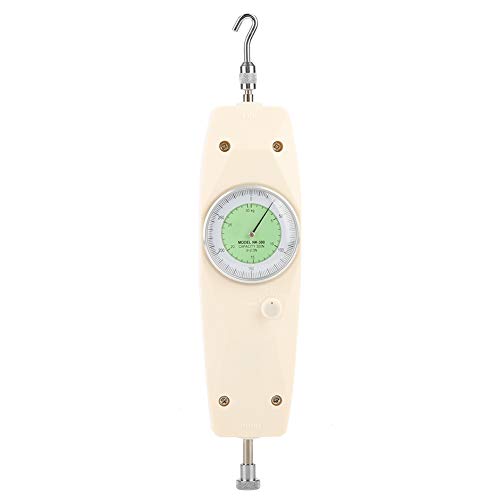Not sure, will have a look tomorrow. Spent the afternoon giving it a clean, taking the guides apart and cleaning them as the threads were pretty gummed up and sanding and waxing the table.Missed that quote.
Can you adjust the cable to put the gauge to the bottom mark then try again?
Tomorrow I’ll look at the guage, refit the blade and have a go at tuning it up. Need to sit and watch videos from Steve Maskery and Paul Sellers on setting it up properly this evening.





















